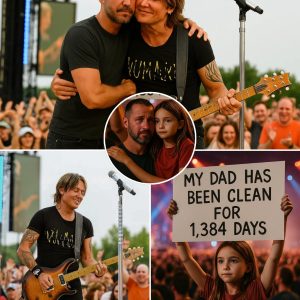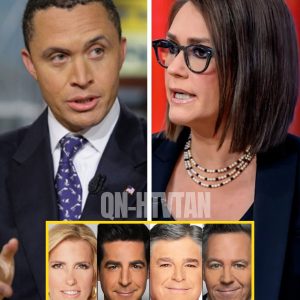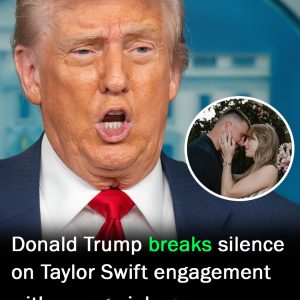The lawsuit alleges that Peler assisted in concealing troubling accusations involving Diddy, while a prior report indicated he had undisclosed ties to both Diddy and Oprah Winfrey. Peler refutes any allegations of misconduct and asserts that he has not been formally served in this matter.
His consistent involvement in major crises—where official narratives were closely managed—has sparked speculation about whether he functions as a behind-the-scenes fixer for influential individuals. With increasing scrutiny, including demands for his resignation, this situation may reveal deeper issues of accountability within law enforcement and the influence of celebrities.
Copyright Disclaimer Under Section 107 of the Copyright Act 1976, allowance is made for “fair use” for purposes such as criticism, commenting, news reporting, teaching, scholarship, and research. Fair use is a use permitted by copyright statute that might otherwise be infringing. Non-profit, educational or personal use tips the balance in favour of fair use.

This entire situation began, as many bizarre stories do—quietly. There was no viral headline, no trending topic, just an obscure article from late 2024 that barely created a stir. It mentioned a police chief, John Pelleteer, a name that was not on anyone’s radar. Yet now, this individual finds himself at the epicenter of a controversy linked to two of the most prominent figures in American culture: Diddy and Oprah Winfrey.
The obscure article nonchalantly asserted that John Pelleteer had “transporting connections” to both Diddy and Oprah. What does that even imply? Transporting what—individuals, money, secrets? The ambiguity of the assertion rendered it too unclear to be taken seriously at the time. However, a few months later, a sensational lawsuit emerged, a
This was not merely a singular occurrence. Recall the Las Vegas shooting in 2017? Fifty-eight lives lost, hundreds more injured. It was a horrific event, and John Pelleteer was present—not just as an observer, but as the incident commander, the individual responsible for overseeing the entire police response. He determined which footage was released, which narratives were highlighted in the media, and which were ignored. Witnesses reported the presence of multiple shooters, yet officially, only one was acknowledged. Footage disappeared, was redacted, and scrubbed clean, with Pelleteer at the center of it all.
Fast forward to 2023, and we find ourselves amidst the Maui wildfires—a disaster that seemed illogical from the outset. Roads were obstructed without warning, residents found themselves trapped, and barricades prevented escape from the very flames. Who was delivering polished press conferences while bodies were being recovered from the ruins? Indeed, it was John Pelleteer. Three disastrous events across three different years, and somehow, this individual was always at the center—calm, in control, and seemingly untouched by the fallout.
If this holds true, it alters the entire narrative. Pelleteer would not merely be a corrupt officer; he would be an operative—the person who appears when influential figures require matters to be concealed. The type of individual who does not accidentally find themselves at crime scenes but is deliberately placed there, with directives and protection.
The mayor of Maui has already urged Pelleteer to resign, asserting that it is time for accountability. However, Pelleteer remains steadfast. He refuses to leave or yield. He argues that the situation is unfair, that it is premature to pass judgment. Yet, at this juncture, the public is not judging out of a desire for sensationalism; they are judging because a pattern has emerged.
The individual at the heart of this matter is not providing any valid justification for his repeated appearances at sites of calamity. The most alarming aspect of this entire scenario is not merely the alleged crimes; it is the apparent normalcy of the cover-ups. It appears as though there exists a systematic approach, a playbook. Individuals such as John Pelleteer may not only be operating within this framework—they could potentially be the architects behind it.
To assert that someone is corrupt is one thing; to demonstrate that they consistently appear where the truth vanishes is quite another. Las Vegas, Maui, and now this lawsuit associated with Diddy—distinct incidents, different victims, yet the same recognizable figure reappearing each time. The ramifications are profound, and as the inquiry progresses, the public will be observing intently. The reality may be far more intricate than anyone can fathom, and the links between Pelleteer, Diddy, and Oprah could uncover a more sinister aspect of power and influence in the United States.





